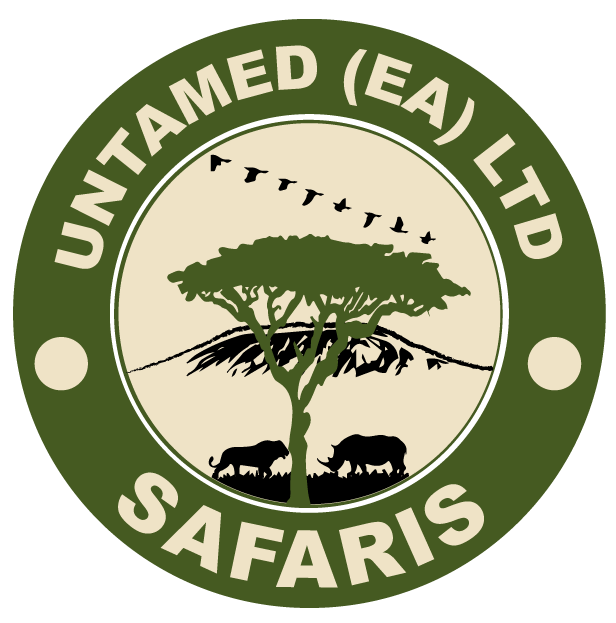Preparing for the adventure of a lifetime? Look no further than our Kilimanjaro Packing List & FAQs guide, designed to ensure you’re fully equipped for the challenge of summiting Africa’s tallest peak. As you embark on this epic journey with Untamed East Africa Safaris, proper packing and knowledge of frequently asked questions are essential for a successful and enjoyable experience.
First and foremost, let’s tackle the essentials you’ll need to conquer Kilimanjaro’s rugged terrain. High-quality, broken-in hiking boots are a must, providing the support and traction necessary for long days on the trail. Layered clothing is key to adapting to the mountain’s ever-changing weather, from warm base layers to waterproof outer shells. Don’t forget to pack a warm sleeping bag rated for cold temperatures, as nights at higher altitudes can be bitterly cold. Additionally, a sturdy backpack with a capacity of at least 40-50 liters is essential for carrying your gear comfortably.
In terms of personal gear, be sure to bring essential items such as a headlamp with extra batteries, a reusable water bottle or hydration system, and high SPF sunscreen to protect against the intense African sun. A wide-brimmed hat and sunglasses are also essential for shielding your eyes from UV rays at higher elevations. Toiletries such as biodegradable soap, wet wipes, and hand sanitizer are crucial for maintaining hygiene throughout your journey.
Now, let’s address some frequently asked questions to help you better prepare for your Kilimanjaro adventure. One common concern is altitude sickness, which can affect even the fittest of climbers. It’s essential to acclimatize gradually, listen to your body, and stay hydrated to minimize the risk of altitude-related illness. Our experienced guides will monitor your health closely throughout the trek and provide assistance if needed.
Another common question revolves around the availability of amenities on the mountain. While Kilimanjaro is a remote and challenging environment, our team ensures that you’ll have access to clean water, hot meals, and comfortable sleeping arrangements at established campsites along the route. Portable toilets are also provided for your convenience.
Many travelers also wonder about the best time to climb Kilimanjaro. While the mountain can be summited year-round, the dry seasons from January to March and June to October are generally considered the best times to trek, with clearer skies and more stable weather conditions. However, it’s essential to be prepared for variable weather at any time of year, including rain, snow, and extreme temperatures.
Accommodation on Kilimanjaro typically consists of tents provided by our experienced team of porters and guides. These spacious and weather-resistant tents offer a comfortable refuge after a long day of trekking, complete with foam sleeping pads to ensure a restful night’s sleep. Our knowledgeable guides will set up and dismantle the tents at each campsite, allowing you to focus on enjoying the adventure.
In terms of physical preparation, training for Kilimanjaro should focus on building cardiovascular endurance, leg strength, and overall fitness. Incorporating activities such as hiking, running, and stair climbing into your routine can help prepare your body for the demands of high-altitude trekking. Additionally, practicing hiking with a loaded backpack can simulate the conditions you’ll encounter on the mountain.
One of the most frequently asked questions is regarding the availability of oxygen at high altitudes. While the air density is lower at higher elevations, our bodies are remarkably adept at adapting to reduced oxygen levels over time. It’s crucial to ascend gradually, allowing your body to acclimatize to the altitude and minimize the risk of altitude sickness.
Food and nutrition are essential considerations when preparing for a Kilimanjaro trek. Our experienced team of chefs prepares delicious and nutritious meals throughout the journey, catering to a variety of dietary preferences and restrictions. A typical day’s menu might include hearty soups, pasta dishes, fresh fruits, and energy-rich snacks to fuel your ascent.
Finally, safety is our top priority on Kilimanjaro, and our experienced guides are trained to handle a wide range of situations, from minor injuries to emergency evacuations. It’s essential to listen to their instructions, communicate any concerns or symptoms promptly, and trust in their expertise to ensure a safe and successful climb.
In conclusion, our Kilimanjaro Packing List & FAQs guide is designed to equip you with the knowledge and gear needed for a memorable and rewarding adventure. With proper preparation, a positive mindset, and the support of our experienced team, you’ll be ready to conquer the roof of Africa and experience the thrill of summiting Kilimanjaro with Untamed East Africa Safaris.
